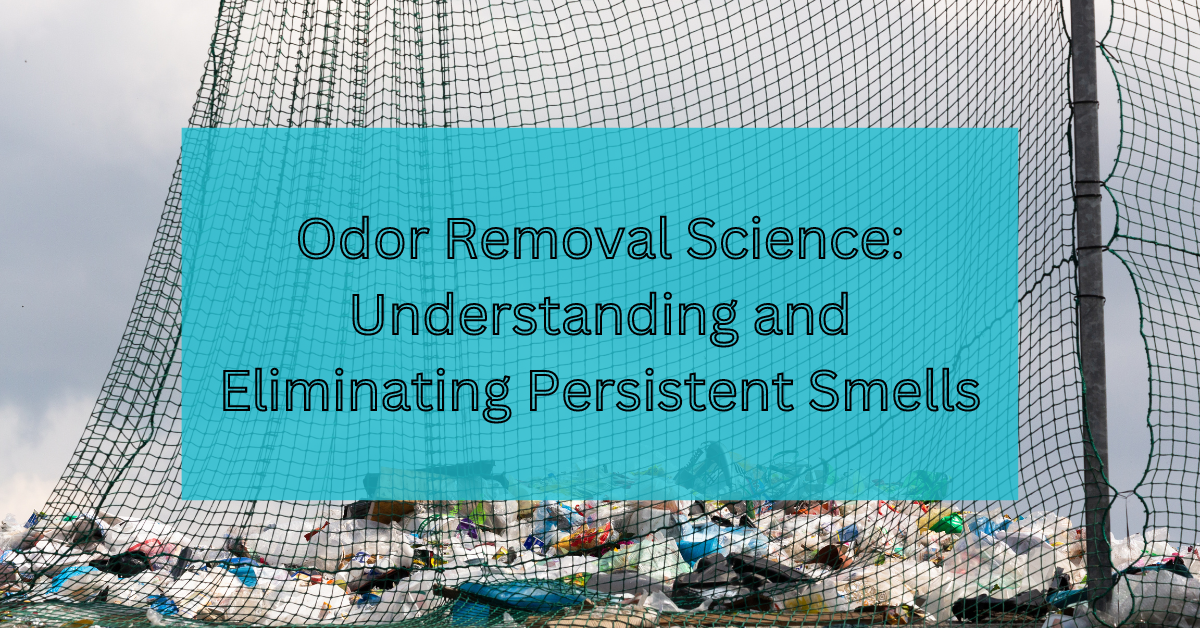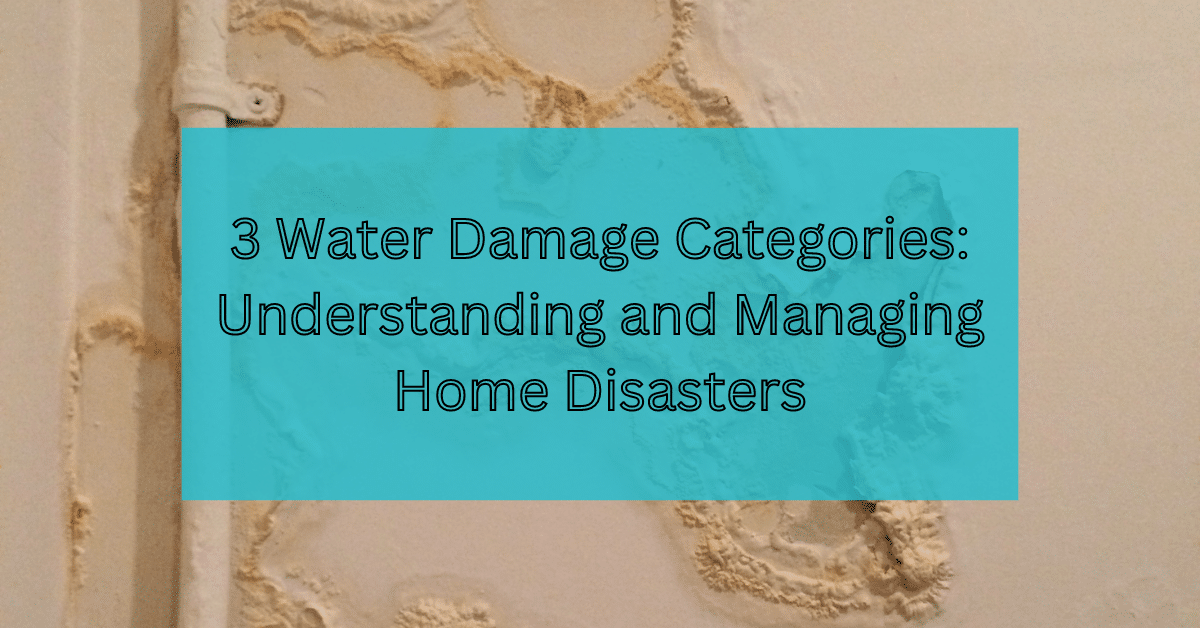Introduction to Odor Removal Science: Unveiling the Mysteries
Odor removal is not just about masking unpleasant smells; it’s a complex science dedicated to understanding and eliminating persistent odors at their source. Whether it’s in your home, office, or any other space, the key to effective odor removal lies in understanding the nature of odors and how they interact with our environment. In this comprehensive guide, we’ll explore the scientific principles behind odor removal, offering insights and strategies to help you achieve a fresher, more pleasant environment.
Understanding Odor Sources and Detection
Delving deeper into odor removal, it’s crucial to identify and comprehend the various sources of odors. From biological sources like mold and bacteria to chemical sources such as smoke and volatile organic compounds, each odor has its origin and characteristics. By understanding how these odors are formed and how they are detected by the human olfactory system, we can tailor specific strategies for effective elimination. This section will guide you through the common sources of persistent smells and the science of how our noses detect and interpret them, providing a solid foundation for the subsequent odor-removal techniques.
By expanding the introduction to include a focus on understanding odor sources and detection, the content becomes richer and more informative, enhancing its value to readers and improving its SEO potential by naturally integrating relevant keywords and topics.
What Causes Persistent Smells?
At the core of odor removal science is an understanding of what causes persistent smells. Odors are volatile molecules released from a source, such as food, pets, mold, or smoke. These molecules travel through the air and are detected by our olfactory receptors. Persistent smells are often the result of complex chemical reactions and can be exacerbated by factors like humidity, temperature, and air flow. Identifying the source of the odor is the first step in effectively removing it.
The Chemistry Behind Odors
Molecular Makeup of Smells
Each odor has its unique molecular makeup, which determines its strength, persistence, and the way it is perceived. For example, sulfur compounds are typically associated with rotten eggs, while volatile organic compounds (VOCs) can emit various smells from paint to perfumes. Understanding these molecular structures is crucial for selecting the right odor removal strategy.
Interactions with Surfaces and Materials
Odors often penetrate surfaces and materials, making them harder to eliminate. Porous materials like fabric, wood, and drywall can absorb and trap odors. The science of odor removal involves not only neutralizing the air but also treating these surfaces to prevent reoccurrence.
Strategies for Effective Odor Removal
Physical Removal Methods
Physical removal involves eliminating the odor source and cleaning the affected area. This can include disposing of the source, thorough cleaning, and using absorbents like activated charcoal or baking soda. Ventilation also plays a crucial role in dispersing odor molecules and introducing fresh air into the environment.
Chemical Neutralization
Chemical neutralization targets the molecular structure of the odor, altering it to reduce or eliminate the smell. This can be achieved through various products like odor neutralizers, ozone generators, and enzymatic cleaners, each suited for specific types of odors and applications.
Professional Odor Removal Solutions
When to Call the Experts
While many odors can be handled with DIY solutions, persistent or severe problems may require professional intervention. Experts in odor removal have access to advanced tools and techniques, such as thermal fogging and hydroxyl generators, to tackle the toughest odors.
Choosing the Right Odor Removal Service
Selecting the right professional service is crucial. Look for certified experts with experience in handling a wide range of odor problems. They should conduct a thorough assessment, offer a clear action plan, and use safe, effective methods to restore your environment to its fresh, odor-free state.
Conclusion: Freshness Through Science
Understanding the science behind odors is the first step toward effective removal. By recognizing the causes, exploring the chemistry, and applying strategic solutions, you can tackle persistent smells and enjoy a fresher environment. Whether you choose DIY methods or professional services, the key is a scientific approach to identifying, neutralizing, and preventing odors. Embrace the science of odor removal and breathe easier in your clean, fresh-smelling space.



